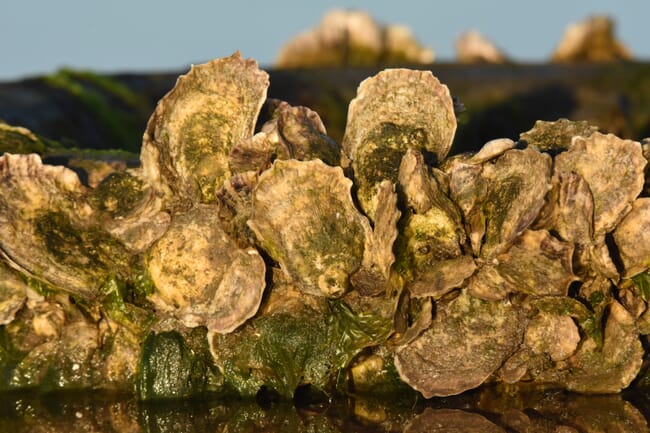
Oysters provide multiple important ecosystem services and functions, not the least of which is their ability to remove excess nitrogen from their environment.
A new publicly available online tool, developed by researchers from the US-based Northeast Fisheries Science Centre and the National Centre for Coastal Ocean Science, allows oyster farmers to quantify this service, giving an estimate of how much nitrogen their farm removes from local waterways. The Aquaculture Nutrient Removal Calculator also provides users with a report which can be included in aquaculture permit applications.
Following the launch of the freely available online tool, the creators of the platform are now seeking feedback from oyster farmers.
“We’ve heard from both regulators and industry members that they need a simple, intuitive way to calculate the environmental benefits shellfish aquaculture provides,” said project lead Julie Rose, in a press release.
“We’re excited to share our tool, which synthesises data collected by excellent scientists from around the region, to create a robust prediction of nitrogen removal that industry members and regulators can have confidence in,” she added.
In order to give an accurate estimation of nitrogen removal, the tool takes into account the number of oysters grown and their size at harvest, along with the farm location, culture method, and ploidy of the oysters. Importantly, the estimate and report generated by the tool are supported by citations which can be included as part of the state-level permitting process.
Constructed using a large dataset from across ten US states, the tool has been designed to incorporate new data and information as they become available, keeping the estimates up to date and accurate.
In the future, the research team plans to add phosphorous removal estimates to the tool in order to give a comprehensive view of nutrient removal. The team also plans to create calculators for other ecosystem services associated with bivalve aquaculture, such as habitat provisioning, with the scope to move beyond oysters to other commonly farmed shellfish.




